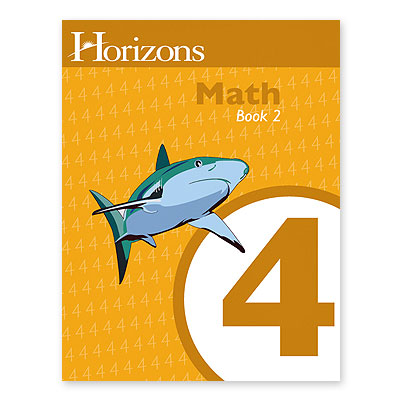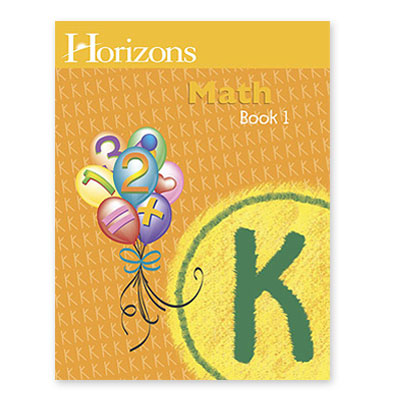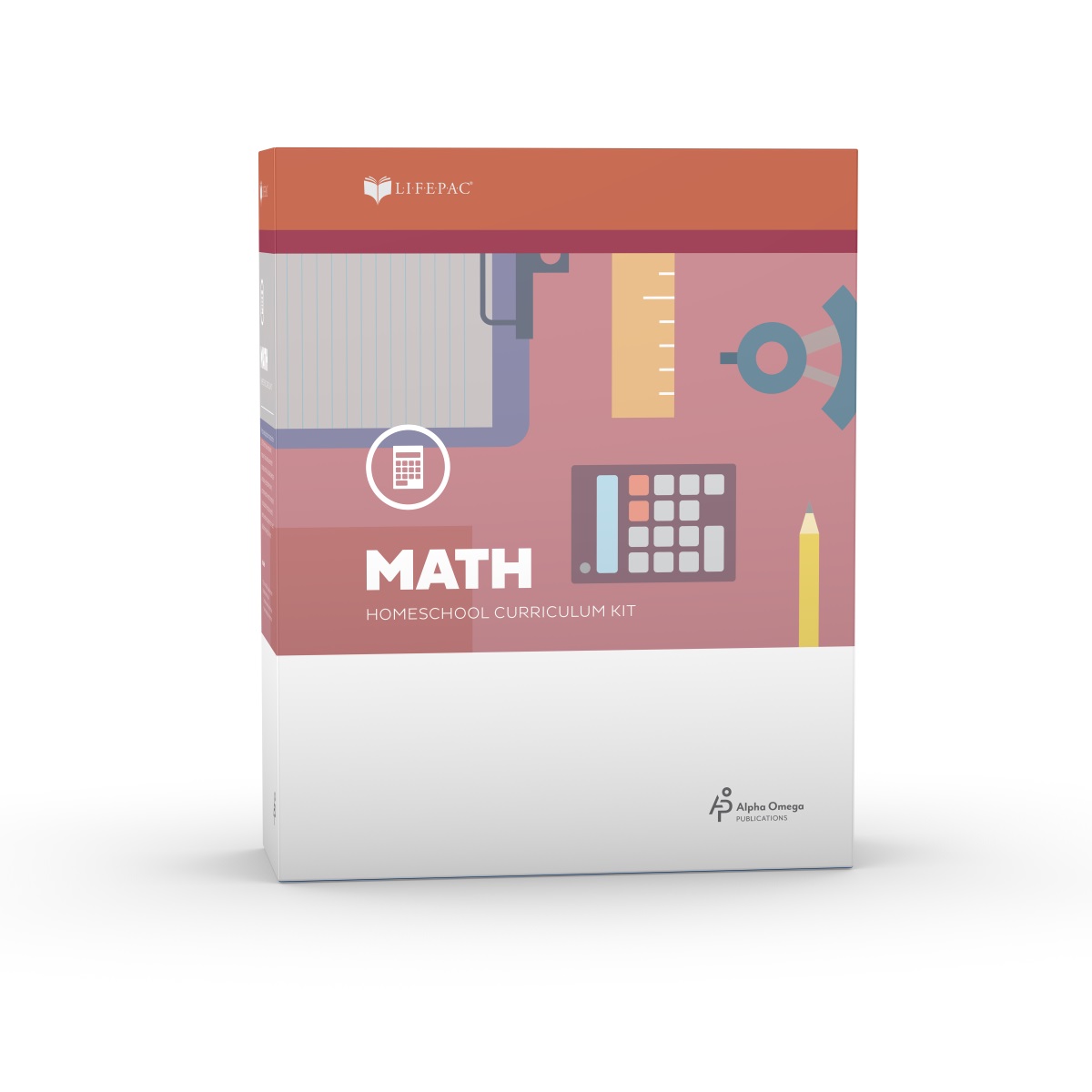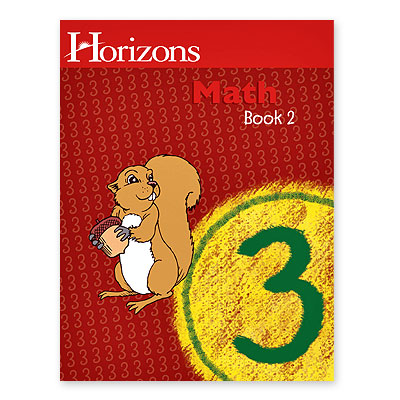Description
The Horizons 4th Grade Math Student Book 2 represents the culminating half of a comprehensive fourth-grade mathematical journey, building upon foundational concepts while introducing increasingly sophisticated mathematical reasoning that prepares students for middle school mathematics. This vibrant, 80-lesson workbook covers lessons 81-160 of the complete Horizons 4th Grade curriculum, employing Alpha Omega Publications’ proven spiral learning methodology to ensure deep understanding and long-term retention of essential mathematical concepts.
The spiral learning approach distinguishes this curriculum from traditional linear programs by continuously revisiting and expanding upon previously learned concepts while introducing new mathematical ideas. This cyclical method of introduction, review, and reinforcement ensures that students don’t simply memorize procedures but develop genuine mathematical understanding that transfers to new problem-solving situations. Research consistently demonstrates that spiral curricula produce stronger mathematical reasoning abilities and better retention compared to programs that teach concepts in isolation.
The second student book advances students’ understanding of sophisticated mathematical operations and concepts that bridge elementary and middle school mathematics. Students develop deep understanding of prime and composite numbers, fundamental concepts in number theory that provide the foundation for factorization, greatest common factors, and least common multiples. This number theory foundation proves essential for advanced work with fractions, algebraic expressions, and higher-level mathematics.
The curriculum provides extensive practice with advanced operations involving large numbers, including adding and subtracting up to 6-digit numbers with borrowing across multiple place values. These computational skills build both procedural fluency and conceptual understanding of place value relationships, preparing students for the multi-step calculations required in middle school mathematics and real-world problem-solving.
Time concepts receive comprehensive treatment, with students exploring time equivalents, time zones, and elapsed time calculations. These practical skills connect mathematics to real-world applications while developing logical reasoning about temporal relationships. The emphasis on time zones particularly helps students understand global perspectives and practical applications of mathematical thinking.
The metric system receives thorough review and extension, helping students develop fluency with international measurement standards while understanding the logical base-ten structure that makes metric conversions systematic and predictable. This international perspective becomes increasingly important as students advance through science and mathematics courses that rely heavily on metric measurements.
Ratio concepts receive introduction through concrete examples and visual representations, laying crucial groundwork for proportional reasoning that proves essential in middle school mathematics. Students learn to recognize and express proportional relationships, building foundational understanding for future work with rates, percentages, and algebraic relationships.
Geometric concepts expand significantly in the second book, with students exploring congruent and similar figures through hands-on activities and visual demonstrations. These explorations develop spatial reasoning abilities while introducing fundamental geometric relationships that appear throughout advanced mathematics and science courses. Students learn to identify, describe, and classify geometric figures based on their properties.
Fraction operations advance to include addition and subtraction of both like and unlike fractions, representing one of the most challenging yet essential skills in elementary mathematics. The curriculum’s approach develops conceptual understanding through visual models and real-world contexts before advancing to algorithmic procedures, ensuring students understand both how to perform operations and why the procedures work.
Decimal operations receive comprehensive treatment, with students learning to add and subtract decimal numbers with understanding and precision. These skills prove essential for work with money, measurement, and scientific notation in advanced courses. The curriculum emphasizes place value understanding as the foundation for decimal operations.
Data analysis skills expand through work with bar and line graphs, helping students interpret and create visual representations of numerical information. These graphing skills support scientific inquiry, social studies research, and real-world problem-solving while developing critical thinking about data interpretation and presentation.
Mixed numbers receive systematic treatment, helping students understand the relationship between improper fractions and mixed numbers while developing computational fluency with these complex numerical representations. This understanding proves essential for advanced fraction operations and algebraic manipulations.
The consumable workbook format provides several practical advantages for homeschooling families. Students can work directly in the book, making the learning process convenient and portable while creating a permanent record of mathematical progress. The colorful, engaging layout maintains student interest through visually appealing presentations that support learning without overwhelming young mathematicians.
Each lesson is carefully structured to provide clear instruction followed by varied practice opportunities that reinforce learning through multiple approaches. The workbook includes built-in review tests every ten lessons, allowing parents and students to assess understanding and identify areas needing additional attention. This regular assessment system helps prevent learning gaps from developing.
The program’s design recognizes that fourth-grade students are developing greater mathematical independence and sophistication. While parent guidance remains important, the clear explanations and systematic approach help students begin taking greater responsibility for their mathematical learning, developing study skills that serve them well in future academic endeavors.
Customer feedback consistently highlights the program’s effectiveness in making challenging mathematical concepts accessible and understandable. Parents appreciate the thorough preparation that enables smooth transitions to middle school mathematics, while students respond positively to the colorful, engaging format and the sense of accomplishment that comes from mastering increasingly complex concepts.





Reviews
There are no reviews yet.